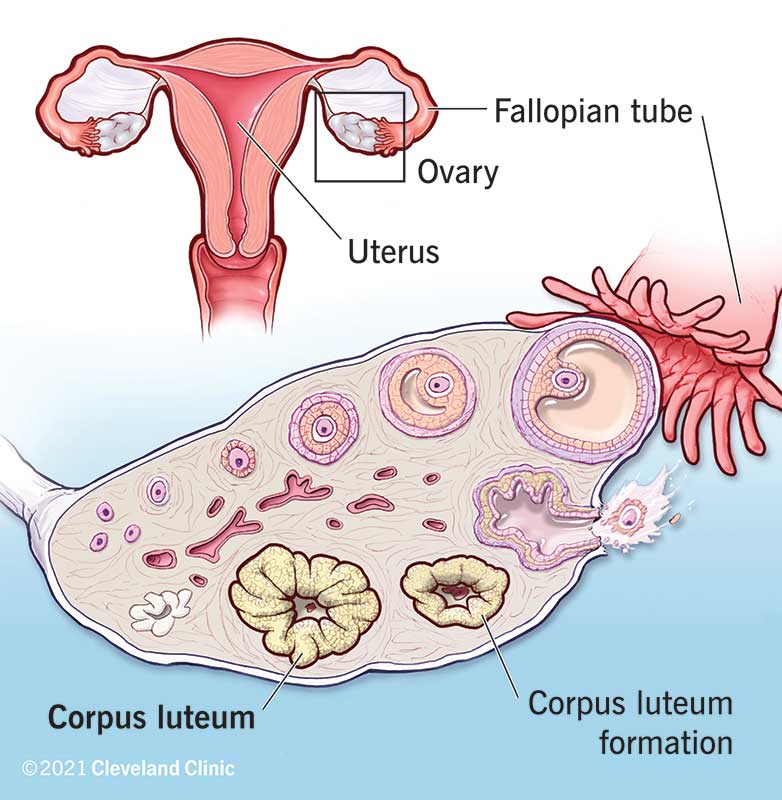Hikers who found a human body at high altitude in the Italian Alps thought the man had died recently, but tests indicated he was shot with an arrow more than 5,300 years ago. Which of the following would be the best reason for prolonged preservation of the body?
The food that the person ate contained toxins that killed the bacteria that would have otherwise destroyed the body.
The ultraviolet rays at such a high altitude caused all the body's molecules to be preserved.
The arrow wound caused blood to flow out of the body, which led the enzymes that would break down tissue to be cleared from the body.
The body was frozen in the cold temperature of the Alps shortly after he died and remained frozen until it was found.
Correct Answer : D
The answer lies in the environmental conditions of the Alps. The body was quickly frozen by the low temperature and covered by snow and ice, which prevented exposure to air, moisture, and microorganisms. The freezing also slowed down the chemical reactions that would normally break down the body's cells and tissues. Thus, the body was preserved in a natural mummy state until it was discovered by modern humans.
TEAS 7 Exam Quiz Bank
HESI A2 Exam Quiz Bank
Find More Questions 📚
Teas 7 Questions: We got the latest updated TEAS 7 questions
100% Money Refund: 100% money back guarantee if you take our full
assessment pass with 80% and fail the actual exam.
Live Tutoring: Fully customized live tutoring lessons.
Guaranteed A Grade: All students who use our services pass with 90%
guarantee.
Related Questions
Correct Answer is C
Explanation
Erythropoietin is a hormone that is produced by the kidneys and stimulates the production of red blood cells in the bone marrow. Red blood cells contain hemoglobin, a protein that binds to oxygen and transports it to the tissues. Therefore, erythropoietin helps to maintain adequate oxygen levels in the blood and prevent anemia.
Correct Answer is C
Explanation
In this study, mice were fed a high-sugar diet (50% sugar) for six months. At the end of the study, the mice on the high-sugar diet demonstrated significantly higher levels of insulin resistance compared to the control group.
Insulin resistance occurs when the body's cells become less responsive to the hormone insulin, which is responsible for regulating blood sugar levels. When cells do not respond effectively to insulin, the pancreas produces more insulin to compensate, leading to elevated blood sugar levels and increasing the risk of developing conditions like type 2 diabetes.
Correct Answer is A
Explanation
One of the ways that cells regulate their water balance is by adjusting to different solute concentrations in their environment. When a cell is placed in a solution that has a higher concentration of solutes than the cell itself, the solution is called hypertonic. In this case, water will tend to move out of the cell through special channels called aquaporins, which are embedded in the plasma membrane. This movement of water across a selectively permeable membrane is a type of passive transport called osmosis. Osmosis does not require any energy input from the cell, unlike other forms of transport such as diffusion, facilitated diffusion, or active transport.
Correct Answer is C
Explanation
A tsunami is a series of large waves that are caused by the displacement of a large volume of water in the ocean or a large lake. The most common cause of tsunamis is earthquakes, which can generate seismic waves that travel through the water and create sudden changes in water level.
Correct Answer is A
Explanation
A phase diagram is a graphical representation of the physical states of a substance under different conditions of temperature and pressure. A phase diagram usually has pressure on the y-axis and temperature on the x-axis. As we move along the curves of the phase diagram, we can see how the state of the substance changes from solid to liquid to gas, or vice versa.
Correct Answer is B
Explanation
Triple covalent bonds. Nitrogen gas consists of two nitrogen atoms that share three pairs of electrons, forming a triple bond. This bond is very strong and requires a lot of energy to break. Ionic bonds, resonance bonds, and hydrogen bonds are weaker types of bonds that do not occur in nitrogen gas.
Correct Answer is B
Explanation
The number of protons in an atom is equal to its atomic number. In this case, lithium has an atomic number of 3, so it contains 3 protons.
The other choices (A, C, and D) do not represent the correct number of protons for a lithium atom.
Correct Answer is D
Explanation
One of the essential aspects of scientific inquiry is the communication of results to peers and the public. Publishing new scientific findings allows other scientists to review, replicate, or challenge the methods and conclusions of a study. This way, science can advance by building on previous knowledge and correcting any errors or inconsistencies.
Correct Answer is B
Explanation
The process in which an ovarian follicle matures and releases a reproductive egg is called ovulation. Ovulation is one of the phases of the menstrual cycle, which also includes follicular phase, luteal phase and menstruation
Correct Answer is B
Explanation
Corpus luteum. The corpus luteum is a temporary structure that forms from the ruptured follicle after ovulation. It produces progesterone, which is a hormone that prepares the endometrium (the inner lining of the uterus) for implantation of a fertilized egg. If pregnancy occurs, the corpus luteum continues to secrete progesterone until the placenta takes over.

This question was extracted from the actual TEAS Exam. Ace your TEAS exam with the actual TEAS 7 questions, Start your journey with us today
Visit Naxlex, the Most Trusted TEAS TEST Platform With Guaranteed Pass of 90%.
Money back guarantee if you use our service and fail the actual exam. Option of personalised live tutor on your area of weakness.
